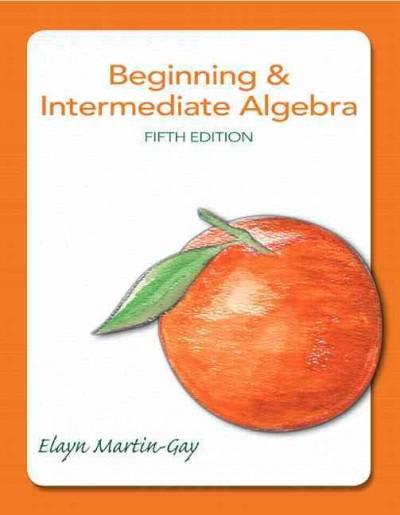Question
After visiting Las Vegas over spring break, our entrepreneurial engineering student abandons his cargo hauling business and decides to take up gambling. Roulette is his
After visiting Las Vegas over spring break, our entrepreneurial engineering student abandons his cargo hauling business and decides to take up gambling. Roulette is his game of choice because he figures that if he bets on red every spin, then he has a 0.5 probability of winning. What he doesn't realize is that the probability of landing on red each spin is 18/38, not 0.5. His plan is to bet 1 token(chip) on each spin. If the wheel lands on red, he keeps the token he has bet and wins another one. If it doesn't land on red, he loses the token he has bet. Suppose he starts with 3 tokens. He will keep playing until he either doubles his tokens (i.e., reaches 6 tokens total) or goes broke, at which time he will leave the game.
1. Model the student's roulette experience as a terminating Markov chain.
Provide state definitions and DRAW The TRANSITION DIAGRAM
Use all positive funds balances as states, and add an additional state for going broke. Remember that absorbing states are typically given the highest state numbers and are grouped together.
Step by Step Solution
There are 3 Steps involved in it
Step: 1

Get Instant Access to Expert-Tailored Solutions
See step-by-step solutions with expert insights and AI powered tools for academic success
Step: 2

Step: 3

Ace Your Homework with AI
Get the answers you need in no time with our AI-driven, step-by-step assistance
Get Started


